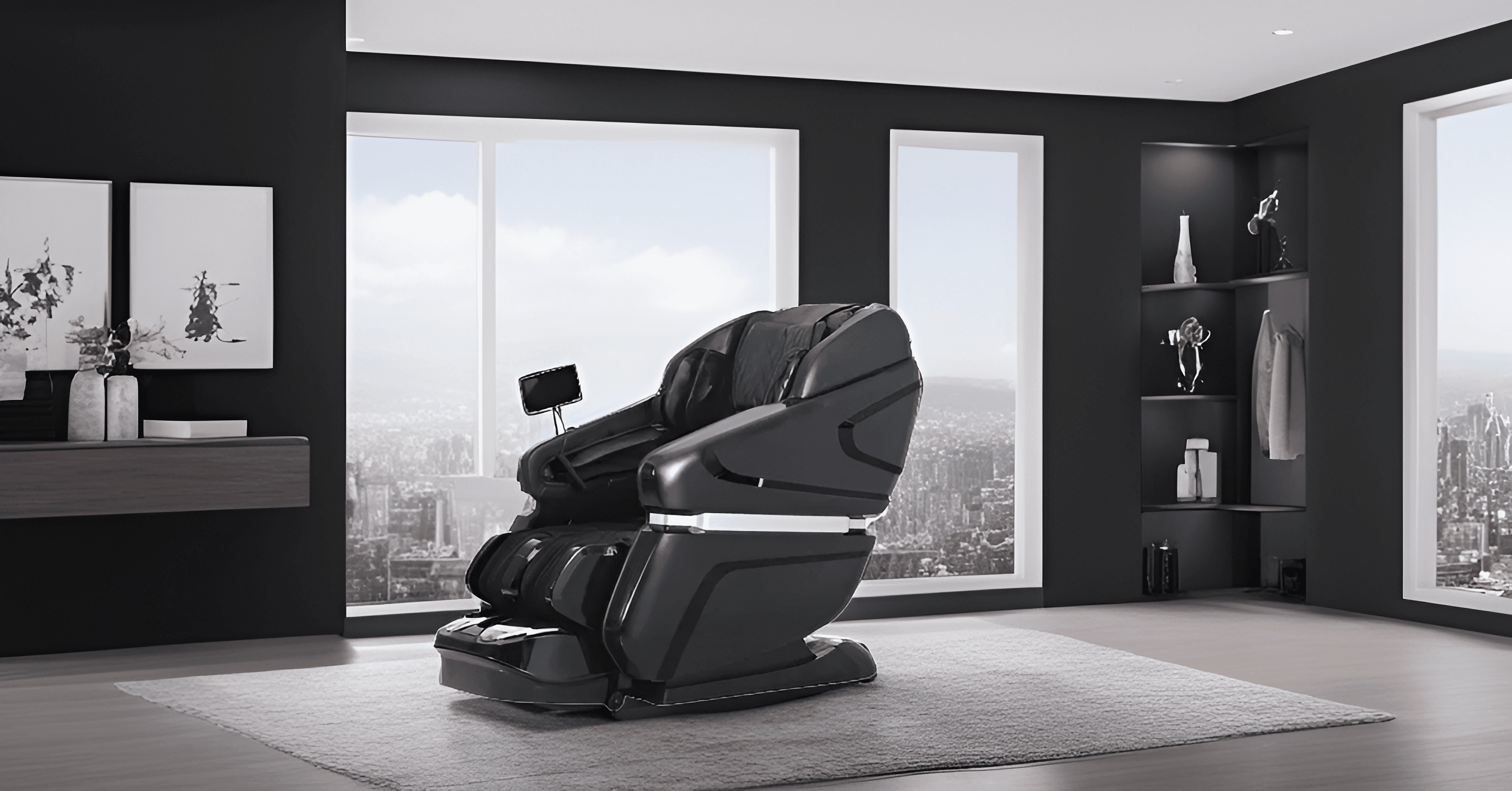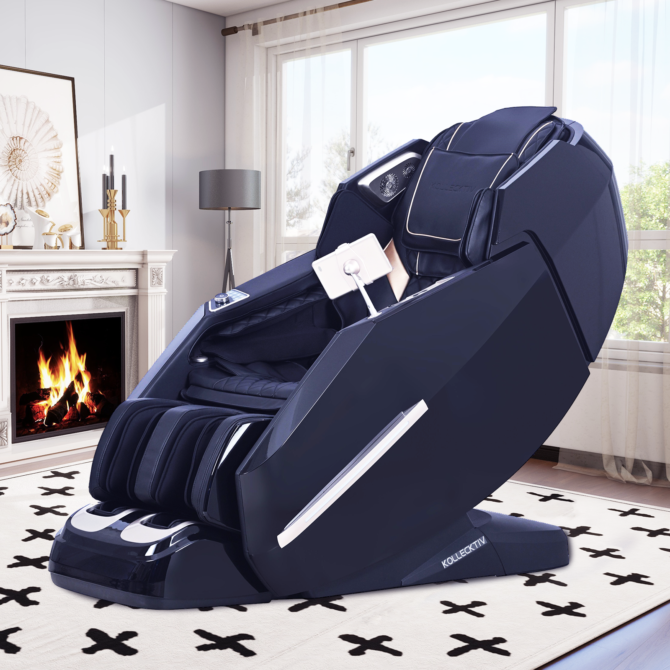Precision and Personalization: Unveiling the Magic of Body Scanning Technology in Massage Chairs

The integration of cutting-edge technology has revolutionized the world of massage chairs, enhancing the user experience through personalized and precise massages. At the forefront of this technological innovation is body scanning technology, a feature that tailors the massage experience to individual body shapes and sizes. Let’s delve into the workings of body scanning technology in massage chairs and how it brings a new level of precision and personalization to each session.
**1. Sensors for Data Collection:
Body scanning technology relies on an array of sensors strategically placed throughout the backrest of the massage chair. These sensors work in unison to collect data about the user’s body contours, dimensions, and specific pressure points.
**2. Mapping the Body’s Topography:
Once activated, the sensors initiate a scanning process that maps the topography of the user’s body. This involves collecting data on the curvature of the spine, the position of the shoulders, the length of the legs, and other unique features that contribute to an individual’s body shape.
**3. Dynamic and Real-Time Adjustments:
The magic of body scanning technology lies in its ability to make dynamic and real-time adjustments based on the information gathered during the scanning process. As the sensors collect data, the massage chair’s internal computer system interprets this information to adapt the massage rollers and airbags to the precise contours of the user’s body.
**4. Personalized Massage Experience:
The collected data forms the foundation for a personalized massage experience. By customizing the massage to fit the unique shape and size of the user, the massage chair ensures that the massage rollers and airbags target specific muscle groups and pressure points accurately.
**5. Targeting Pressure Points with Precision:
Body scanning technology enables massage chairs to identify and target pressure points along the user’s spine and throughout the body. These pressure points are crucial for effective massage therapy, as they correspond to areas where tension and stress commonly accumulate.
**6. Optimizing Massage Intensity:
Another key aspect of body scanning technology is its role in optimizing massage intensity. By understanding the body’s topography, the massage chair can automatically adjust the pressure applied by the rollers and airbags. This ensures that the massage intensity is tailored to the user’s preferences and comfort levels.
**7. Enhancing User Comfort:
One of the primary goals of body scanning technology is to enhance user comfort. By adapting the massage experience to the unique contours of the body, the massage chair minimizes the risk of discomfort or pressure points that can arise from a one-size-fits-all approach.
**8. User-Friendly Interface:
The integration of body scanning technology often comes with a user-friendly interface that allows individuals to monitor and adjust the scanning process. Users can review the scanned data, providing transparency and control over how the massage chair tailors the massage experience.
In conclusion, body scanning technology in massage chairs marks a significant advancement in the quest for a more personalized and precise massage experience. By leveraging a network of sensors and sophisticated algorithms, massage chairs equipped with this technology adapt to the unique contours of each user’s body, targeting pressure points with precision and optimizing massage intensity. This user-centric approach not only enhances the therapeutic benefits of the massage but also elevates the overall comfort and satisfaction of the massage chair experience.


